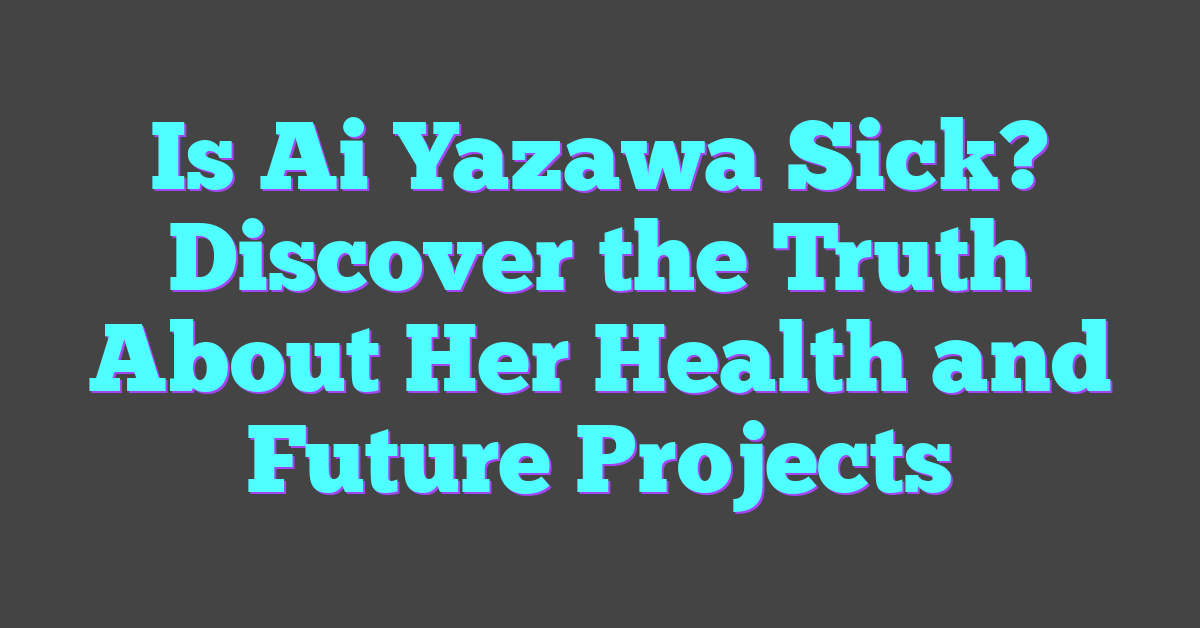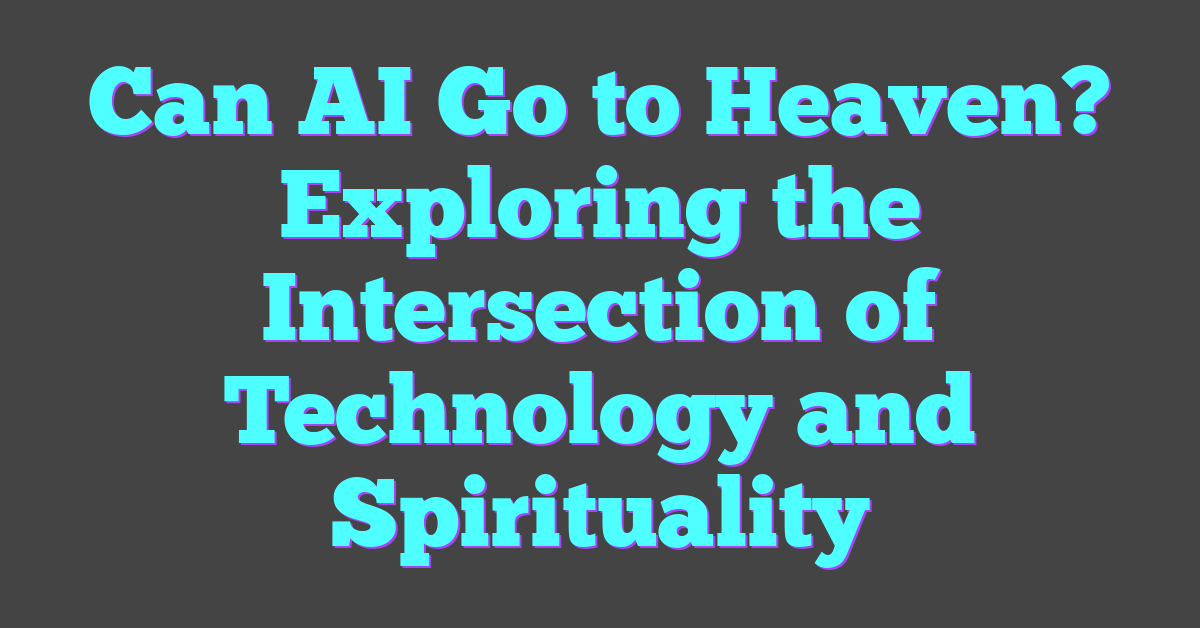In today’s digital age, teachers have an array of tools at their fingertips to ensure academic integrity and enhance student learning. One of the most powerful tools in their arsenal is the AI checker. These intelligent systems help educators quickly and accurately assess students’ work, ensuring it’s original and meets academic standards.
But with so many options available, which AI checkers are teachers actually using? From detecting plagiarism to evaluating grammar and style, these advanced programs are revolutionizing the way educators approach grading and feedback. Let’s dive into the most popular AI checkers that are making a significant impact in classrooms around the world.
Overview of AI Checkers in Education
AI checkers in education revolutionize grading and feedback, ensuring academic integrity and enhancing student learning. These tools save teachers time and provide accurate assessments.

The Role of AI Checkers in Teaching
AI checkers play a crucial role in teaching by automating plagiarism detection, ensuring originality in student submissions. They help educators identify copied content quickly, without manual effort. Additionally, these tools analyze text for grammar, syntax, and style, offering insights to improve writing quality. They also provide instant feedback, which aids in faster learning and better understanding for students. Integrating AI tools allows teachers to focus more on personalized instruction and mentorship rather than time-consuming administrative tasks.
- Plagiarism Detection Tools: AI-powered tools like Turnitin and Copyscape detect copied content in student submissions, ensuring originality.
- Grammar and Syntax Checkers: Grammarly and ProWritingAid analyze text for grammatical errors, style issues, and clarity, offering suggestions for improvement.
- Automated Essay Scorers: Tools such as Pearson’s WriteToLearn and ETS e-rater grade essays based on various metrics like coherence, organization, and grammar.
- Language Translation: Tools like Google Translate and DeepL assist in translating text, aiding in multilingual classrooms.
- Content Analyzers: These, like Hemingway Editor, assess readability and suggest simplifications to enhance text clarity.
Educators use these diverse AI checkers to streamline the evaluation process, providing more effective feedback and supporting student development.
How AI Checkers Enhance Teaching and Learning
AI checkers revolutionize education by automating tasks that traditionally consume teachers’ time, allowing them to focus on personalized instruction and mentorship. These tools also support student development by providing immediate, objective feedback.
Improving Writing and Grammar Skills
AI checkers, such as Grammarly and Hemingway, analyze text for grammatical errors, stylistic issues, and readability. These tools provide instant feedback, highlighting areas that need improvement. They not only point out errors but also offer explanations and suggestions, enabling students to learn from their mistakes.
By using AI checkers, students improve their writing skills over time. For example, grammar suggestions help students understand the rules of syntax and structure. Stylistic suggestions, such as using active voice or reducing adverb use, enhance the flow and clarity of their writing. These tools act as digital writing coaches, guiding students to produce clearer, more effective content.
Supporting Plagiarism Detection
AI checkers like Turnitin and Copyscape play a crucial role in maintaining academic integrity. They scan student submissions against extensive databases of academic papers, websites, and other sources to detect potential plagiarism. If a match is found, these tools provide detailed reports highlighting the copied sections and their original sources.
Teachers rely on these AI checkers to ensure that student work is original and properly cited. This not only deters academic dishonesty but also educates students about the importance of proper attribution and intellectual property. By integrating plagiarism detection into the evaluation process, educators can uphold high standards of academic integrity while fostering a culture of honesty and respect for original work.
Popular AI Checkers Among Teachers
Teachers increasingly rely on AI checkers to streamline grading and ensure academic integrity. Specific tools stand out for their widespread use and functionality.
Grammarly in Classroom Settings
Grammarly serves as an essential tool in classroom settings, noted for its comprehensive grammar and style analysis. Teachers leverage Grammarly to detect grammatical errors, improve clarity, and enhance overall writing quality. The platform also provides detailed explanations and suggestions, enabling students to understand their mistakes and learn from them. By offering real-time feedback, Grammarly accelerates the writing improvement process, making it invaluable in educational environments.
Turnitin for Academic Integrity
Turnitin is a cornerstone for maintaining academic integrity. Known for its robust plagiarism detection, Turnitin scans student submissions against an extensive database of academic work. This tool identifies potential instances of plagiarism and ensures that students properly attribute sources. Educators use Turnitin to promote original work and uphold high standards of academic ethics. Its integration into learning management systems makes it a seamless part of the grading process.
Copyscape and Its Applications
Copyscape plays a critical role in verifying academic work. While primarily used in content creation industries, its application extends to education, where it helps teachers detect unoriginal content in student submissions. By comparing text against sources across the web, Copyscape identifies duplicate content and supports academic honesty. Teachers can use Copyscape to educate students on the importance of originality and proper citation practices, reinforcing the principles of intellectual property.
Challenges and Considerations
AI checkers offer significant benefits, but they also present unique challenges and considerations for educators.
Ethical Concerns with AI Checkers
Ethical implications arise when using AI checkers in educational settings. Privacy is a foremost concern, as AI tools often require access to student data to function effectively. Protection of this data and ensuring it’s not misused is critical. There’s also the potential for over-reliance on AI, which could stifle students’ critical thinking and writing skills by providing too much guidance. Additionally, there’s the ethical question of bias within AI algorithms. These systems may inadvertently perpetuate biases present in their training data, leading to unfair assessments.
Accuracy and Reliability Issues
Accuracy and reliability are vital for AI checkers to be effective. These tools, while advanced, aren’t infallible. They can sometimes produce false positives in plagiarism detection, flagging properly cited or original work as copied. Similarly, grammar and style checks might not fully comprehend the nuances of human language, leading to incorrect suggestions. Dependence on these tools without adequate oversight may result in students accepting flawed corrections, potentially affecting their learning outcomes. Continuous updates and improvements to AI models are necessary to mitigate these issues and enhance overall reliability.
Conclusion
AI checkers are undeniably transforming the educational landscape. They streamline grading and feedback, allowing teachers to focus more on personalized instruction. Tools like Turnitin and Grammarly are invaluable in maintaining academic integrity and enhancing students’ writing skills.
However, it’s important to be mindful of the ethical and technical challenges they present. Privacy concerns, potential biases, and the need for continuous updates can’t be overlooked.
Balancing the benefits of AI checkers with these considerations will ensure they remain effective tools in education. By doing so, educators can harness their full potential while addressing any limitations.
Frequently Asked Questions
What are AI checkers in education?
AI checkers in education are software tools that use artificial intelligence to automate tasks such as grading, providing feedback, and checking for plagiarism and grammar. Examples include Turnitin, Grammarly, and Pearson’s WriteToLearn.
How do AI checkers benefit students?
AI checkers benefit students by providing immediate feedback on their work, helping them to improve their writing skills and maintain academic integrity. This enables more personalized instruction and faster learning.
What are the main advantages of AI checkers for educators?
For educators, AI checkers automate repetitive tasks like grading and plagiarism detection, allowing them to focus more on personalized instruction and support for their students.
Are there any ethical concerns with using AI checkers?
Yes, ethical concerns include issues of privacy, potential over-reliance on AI, and biases in algorithms. These concerns must be addressed to ensure the fair and ethical use of AI tools in education.
Can AI checkers make mistakes?
Yes, AI checkers can make mistakes. They may produce false positives in plagiarism detection and offer incorrect grammar or style suggestions. Continuous updates and improvements to AI models are needed to enhance their accuracy and reliability.
How can the accuracy of AI checkers be improved?
The accuracy of AI checkers can be improved through continuous updates and refinements of the AI algorithms, leveraging larger and more diverse datasets, and incorporating feedback from educators and users.
What role do AI checkers play in maintaining academic integrity?
AI checkers help maintain academic integrity by detecting instances of plagiarism and ensuring that students’ work is original. This promotes honest academic practices and enhances the overall educational experience.
Should educators completely rely on AI checkers?
No, educators should not completely rely on AI checkers. While these tools are helpful, human oversight is essential to address inaccuracies and provide contextually appropriate feedback to students.




